How to clean the insoles in shoes?

Cleaning shoe insoles is an activity that is very rarely done. However, it is worth doing on a regular basis, because it is the only element of footwear that is in direct contact with the soles of the feet. As a result, it is exposed not only to sweat and dead skin, but also to various dirt, through which it quickly loses its nice smell and original whiteness. Check out how to clean the insoles in your shoes.
Many people spend a lot of time carefully selecting shoes for styling, so that the whole thing fits well. At the same time, they forget that it is not only the external appearance of the shoes that matters, but also the inside! Dirty insoles are certainly not elegant, and on top of that they can be a source of unpleasant odor and even harbor dangerous bacteria for little feet. That is why it is so important to clean them regularly.
What to clean shoe insoles with?
Wondering what to clean the insoles in your shoes so that you don't damage them and can still use them? If they are made of cotton or other non-leather materials, a mild detergent, gray soap or dishwashing liquid will work perfectly.
These preparations contain surfactants that foam very well. This increases the contact surface with the soiled surface, which ultimately helps remove grease, dirt such as sand or dead skin, as well as bacteria and fungi.
In addition to chemicals, brushes with fine bristles and microfiber cloths will be useful for cleaning shoe insoles, making it easier to remove deeply embedded dirt.
Czytaj więcej: Jak czyścić buty dziecięce? Pranie i suszenie obuwia dla dzieci
How to clean shoe insoles?
Cleaning the insoles should begin by pulling them out from inside the shoe. This way, during washing, you will not damage the structure of the shoe and avoid accidental wetting of its elements, which could lead, for example, to the detachment of the sole or distortion of its shape.
Soak the pulled out pads in warm water with a detergent of your choice. Ideally, the liquid should be really hot - this will eliminate bacteria and fungi 100%. However, be careful with your hands - at this stage it is a good idea to reach for a large spoon, for example, so as not to burn yourself.
Soak the pads in hot water turned upside down for about 15 minutes. After this time, rinse them and pour them into a bowl of fresh water. Add a small amount of detergent, reach for a brush with fine bristles and thoroughly scrub the right side of the insoles, which is in contact with the foot. It's worth the effort, as this will remove most of the dirt. Then rinse them again.
If the result meets your expectations, you can put the insoles in a warm place and let them dry. However, to get the original look, it's worth washing them in the washing machine on a 40°C program. This will ensure that they are 100% clean.
To restore the whiteness of the insoles, you can spread them out in the sun. But beware - in places where there was the most dirt, small yellow stains may appear.
How to clean a leather shoe insole?
Many parents who buy high-quality shoes wonder how to clean leather shoe insoles. You can't soak them, because the material could get damaged and cease to perform its function. However, to restore their freshness, all you need is a microfiber cloth dampened with a solution of water and soap or other detergent.
Gently wipe the top of the liner with it and let it dry in a dry, warm place. Remember not to put them on a radiator or in the sun! High temperatures could make them lose their elasticity.
If cleaning a leather shoe insole has not worked, replace it with a new one.
Which shoe insoles to choose?
Shoe insoles should be replaced regularly. Specialists recommend doing this every 6-8 months. However, it is rare that a child walks for so long in one shoe. Therefore, in their case, you should look at the condition of the insoles. If they are very dirty, deformed or have lost their elasticity, they need to be replaced with new ones.
In this case, it is worth reaching for prophylactic insoles. For healthy children, leather insoles with a profile will work best. Why? This natural material absorbs sweat, but does not accumulate it inside, but gives it back outside, which prevents the inside of the shoe from getting soggy and developing an unpleasant odor. In addition, natural leather is pleasant to the touch, so there is no risk of irritating the toddler's delicate foot.
If the toddler is at risk of, for example, knee valgus or flat feet, you should reach for specialized orthopedic insoles. Their choice is very wide. Thanks to their special design, they dynamically support the longitudinal arch of the foot, and also help cushion and stabilize the heel and protect the joints from any injuries. At the same time, remember to reach for specialized insoles only on the express recommendation of a doctor!
Cleaning shoe insoles is not complicated. Take care of this area to keep your feet healthy and your shoes smelling good!
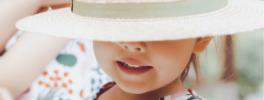
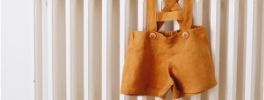
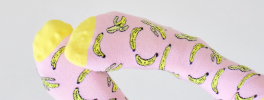
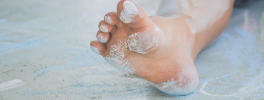
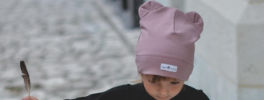
 Cookies
Cookies
comments (0)